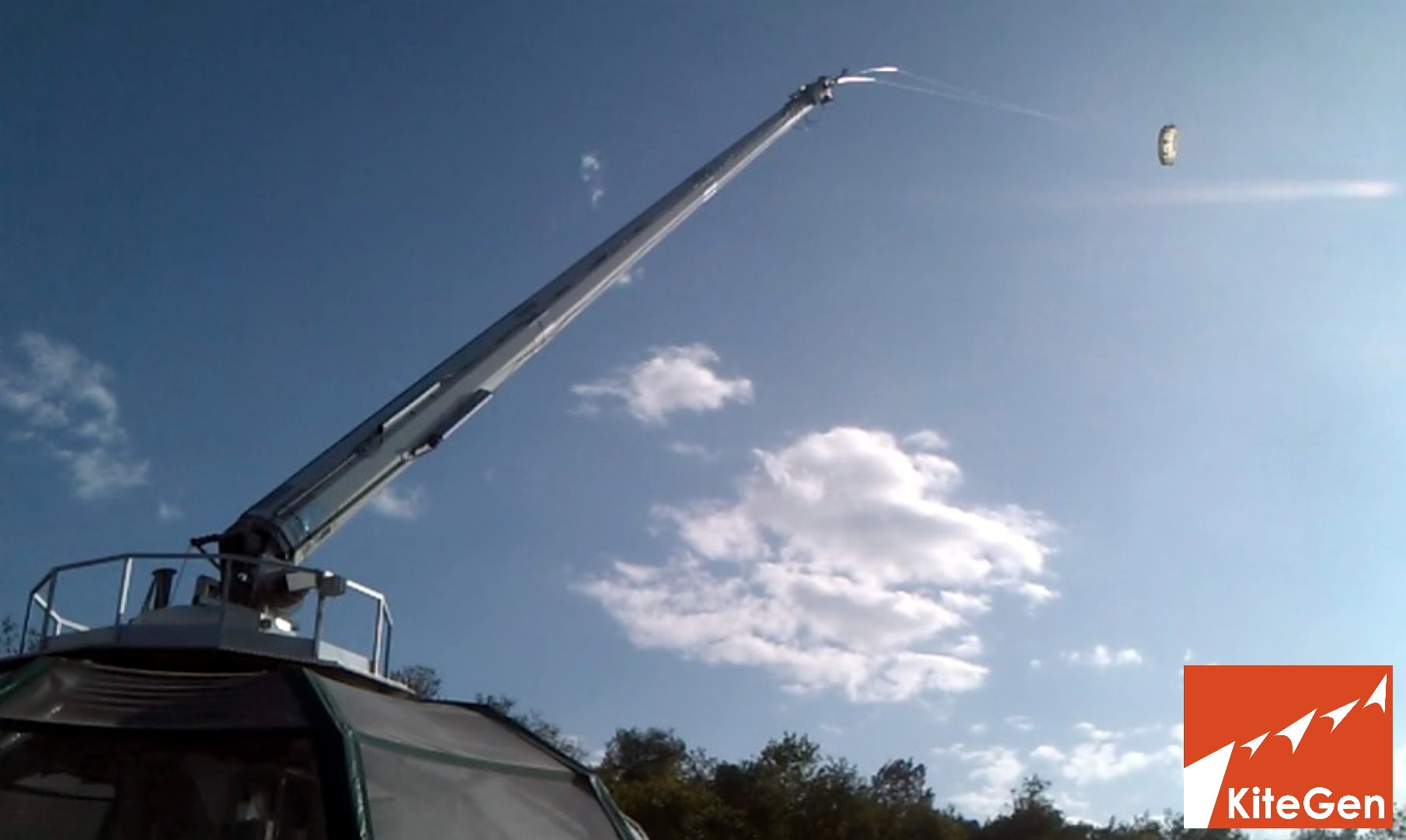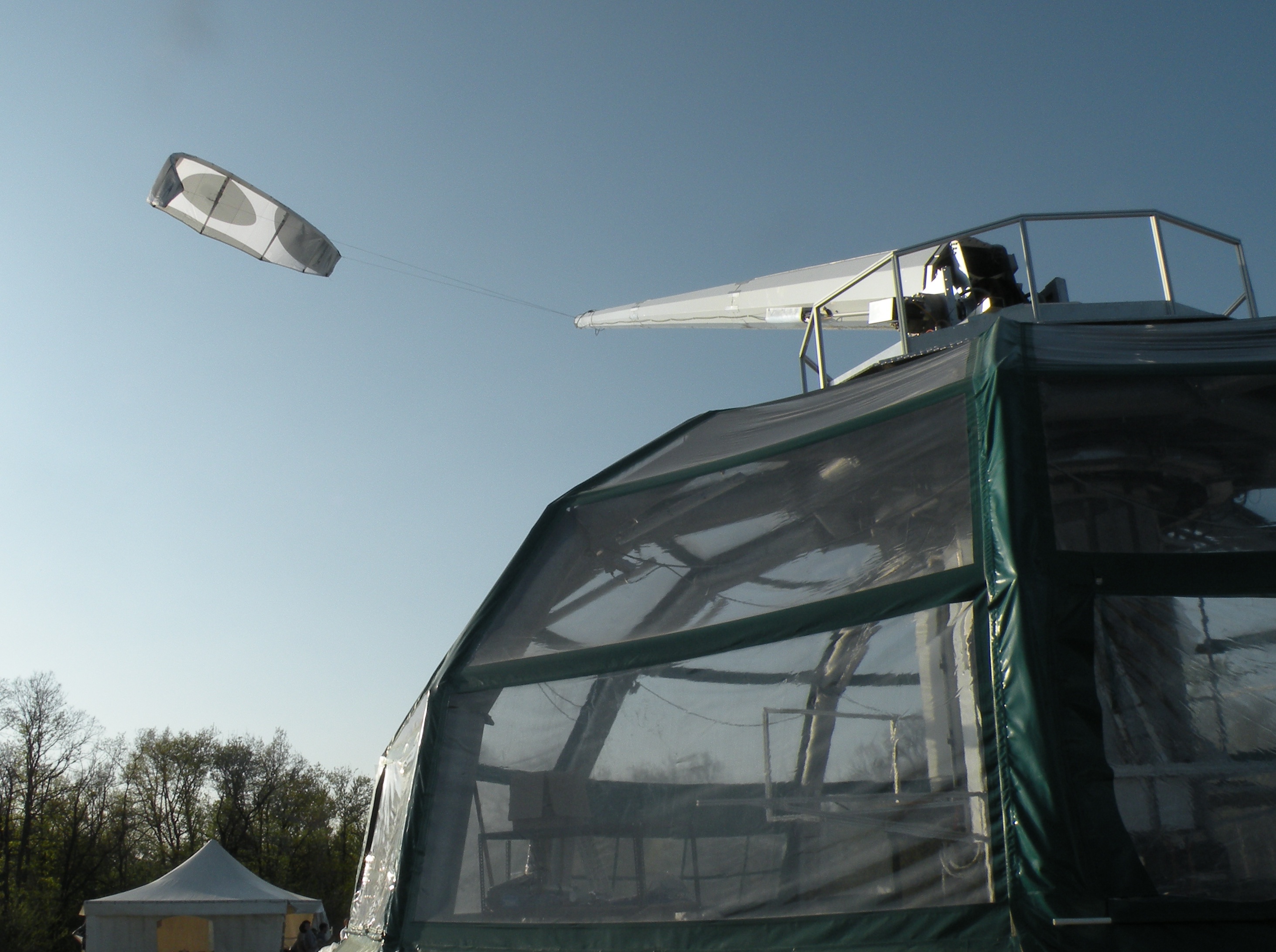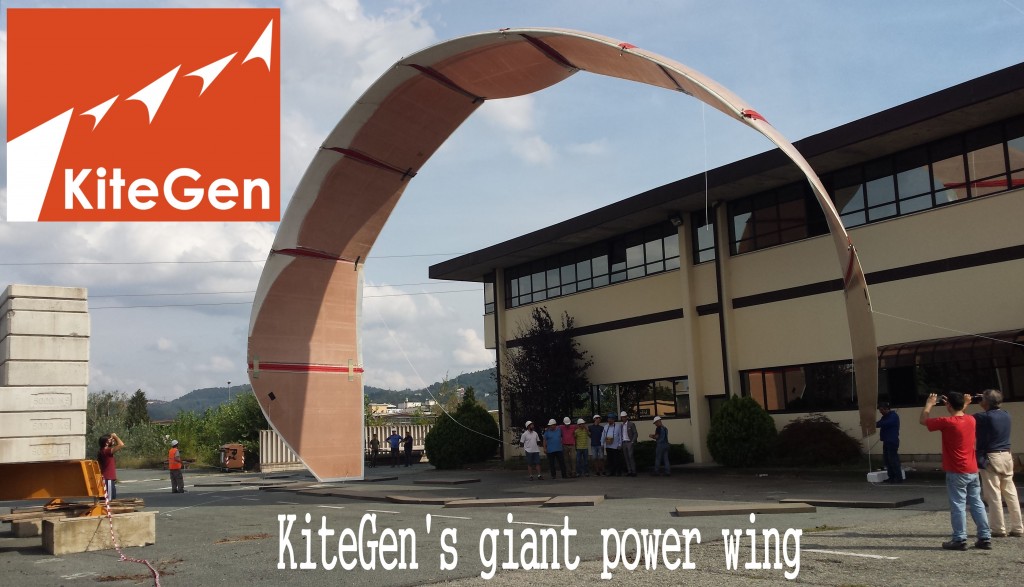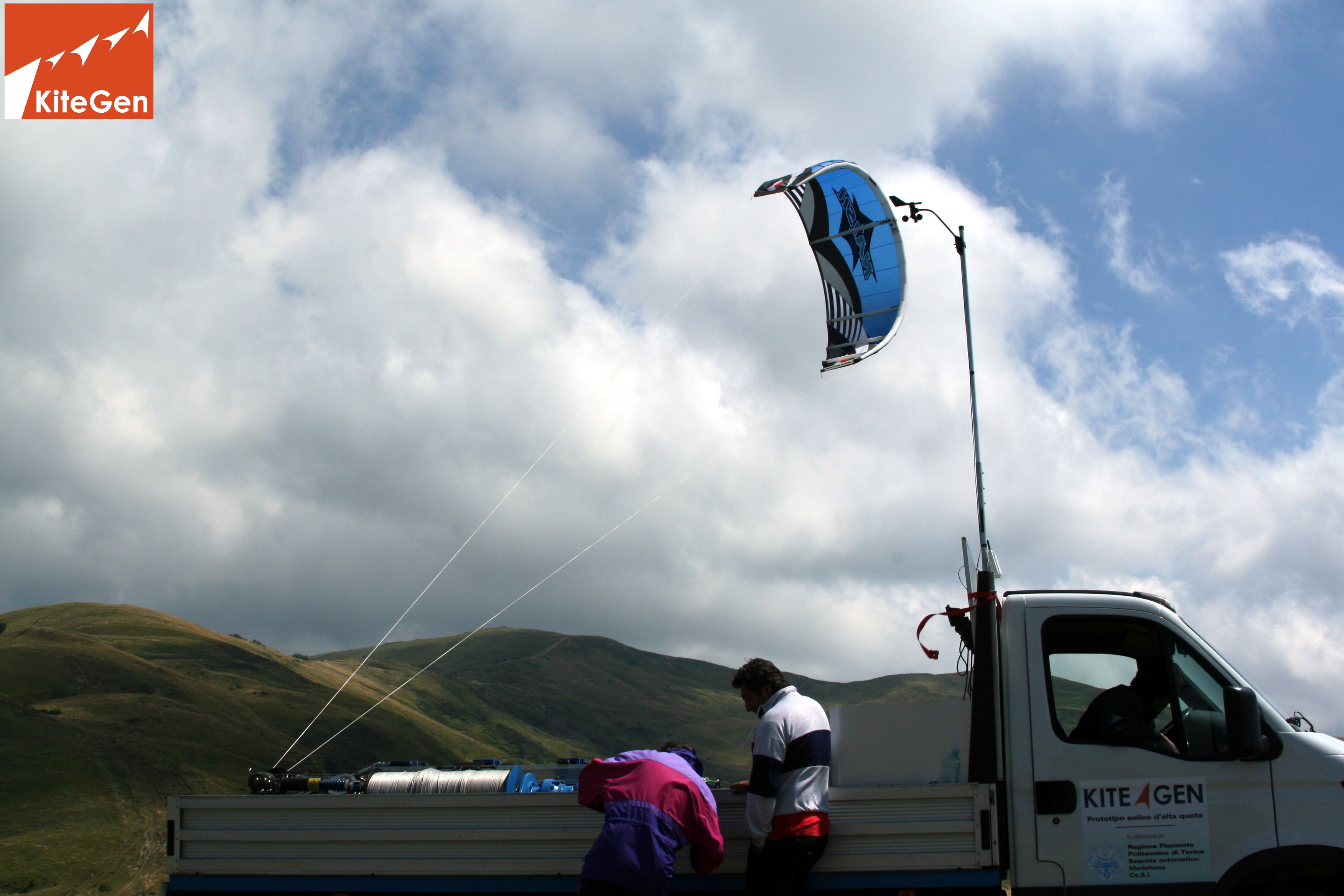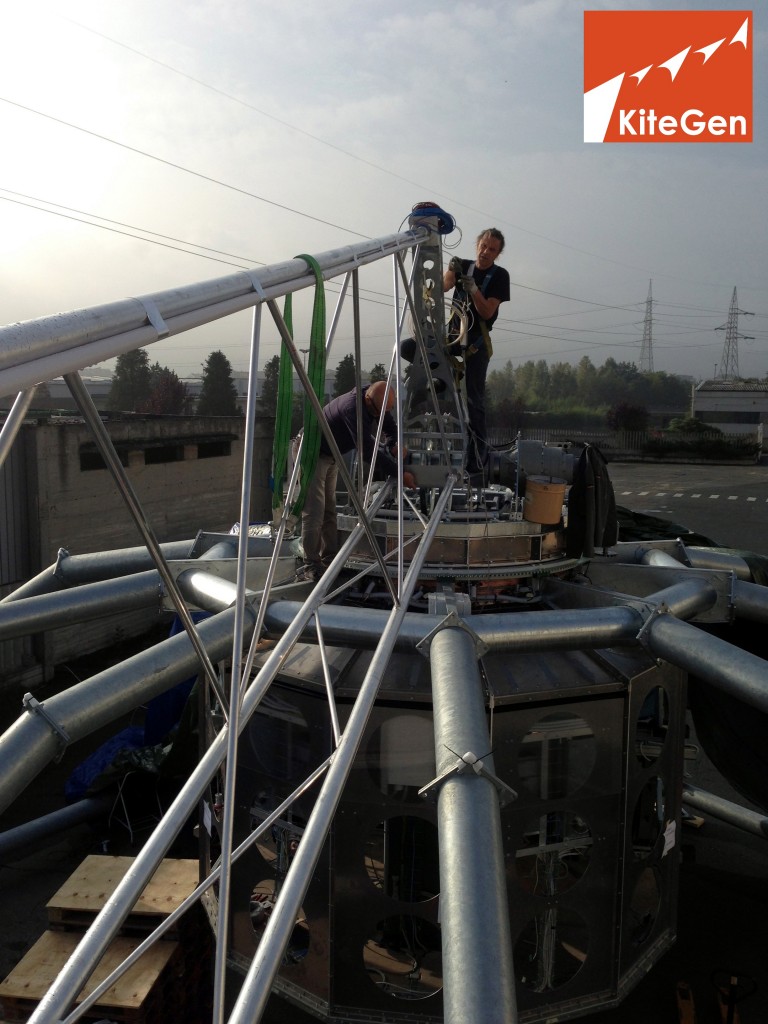Advice to the policymakers: There is good news, high wind energy can save the planet and the people, the “Great Reset” is useless and harmful.
By Eugenio Saraceno
Peak oil
Fifteen years ago, a totally different era, I was a member of the Association for the Study of Peak Oil (ASPO). Originating from issues raised by Club of Rome, the association focused on the progressive depletion of energy resources as the primary cause of the incoming global crisis depicted by “Limits to Growth” and used System Dynamic techniques to predict possible scenarios. During that time, Big Oil was directly involved in the US government; Cheney and Rice were directly linked to Chevron Texaco and Haliburton. Bush Jr. himself was former CEO of Arbusto Energy, a little Texan oil company. Former President Bush Sr. and his staff have been accused of involvement in the recent Enron scandal. The members of ASPO believed that this political scenario was used to cover up the incoming oil crisis and negate the severity of the pollutant effects of fossil energy.
Excess CO2 emissions from fossil fuels, considered responsible for Climate Change, were indeed a big concern among ASPO members. I remember that the president of our Italy branch calculated that, despite the quick depletion of fossil resources, the remaining stock of coal and hydrocarbons, if burned, were enough to devastate the climate.
We didn’t understand why policymakers at that time were mostly ignoring the alarm, or even worse, we thought that politics accomplished nothing because politicians knew well that reduction of the use of fossil fuel would have been lethal for the economy and wealth of the world as clean and renewable resources were not able to deliver the same quantity of energy derived from excess fossil use at the same cost, which would mean less and more expensive energy per capita, dismission of welfare in developed countries and no further development of poor countries. Many peak oilers, including me, began to think that such an economic catastrophe was somehow inevitable in a Business as Usual scenario and prepared for the worsening of living conditions.
I created two plans: A and B.
I began researching how to get rid of fossil fuels without starving most humans, then I bought land in the hills nearby Rome, with water and wood resources, and built a small stone and wooden house for my Plan B (retire and try to achieve self-sufficiency). I had the awful feeling that many peakoilers were mere catastrophists and didn’t act to avoid the crisis as I had with others, but just wrote posts and books to frighten people and convince them that survivalism in a neo-feudal society would have been fun (the most famous “happy de-growth” concept taken from the Le pari de la décroissance by Serge Latouche).
Let me explain.
We had a member that was studying how to achieve clean and abundant energy from the troposphere. He demonstrated the concept in 2005, using a kite system on a truck to produce net energy. I included this proposal in my studies and quickly realized that such technology was the philosopher’s stone of energy, due to an incredibly high EROI and worldwide availability. The fans of “happy de-growth”, after first supporting it, began to object to the project when they realized high wind technology would have easily replaced fossils’ at lower cost and allow the hated growth model for the coming centuries.
I had no doubt about what to do. It must be the plan A, an easier way to solve the issues of growth with plenty of cheap clean energy than managing the fall of civilization as we know it, due to energy poverty that leads to low per-capita income, growing income disparities and, ultimately, starvation for most of humankind.
First point: clean energy means low or no pollution and no anthropic CO2 excess, whether or not it contributes to global warming. So, less toxic agents in the environment and no concerns for greenhouse gases. Clean energy must be cheaper than fossil fueled energy. Otherwise, it needs a subsidy that would be realized by raising more taxes on fossil fuel. It is clear that such a system does not require cessation of consuming fossil fuels in order to have sufficient tax revenue to pay the subsidy. This is the reason that, after twenty years of massive subsidy policies, we can see that renewables grew less than the total growth of energy demand. They are actually driving more fossil consumption! Clean energy must be cheaper than fossil “By design”, otherwise it is harmful.
Second point: cheap energy means economic growth that leads to better welfare, allowing an increase of the instruction level, especially women’s education, that leads to reduction of fertility rates and progressive reduction of world population and its environmental footprint without affecting lifestyles. Increasing education also leads to better environmental awareness: people demand preserving the environment and wildlife. On the other hand, the worsening of living conditions and reduction of life expectancy, due to income reduction, will likely raise fertility rates. It is one of the built-in survival features of humankind. Reduction of living standards may not be a driver for reducing population (unless reducing till starvation) and its environmental pressure. People will cut any tree and exploit every resource (including cannibalism) to survive.
Third point: massive recycling of waste and circular economies are not feasible if energy is too expensive. Recycling processes cost energy, it is the reason quite often recycled materials are more expensive than virgin materials. Taxing waste and pollution is not a solution, as taxpayers have to spend energy to produce the income from which the tax is deducted. Taxing energy consumption leads to less production and, ultimately, to less tax income to help circular economy and renewables subsidy work.
The WEF proposal of a great reset is a clear attempt to cope with those contradictions without changing the scheme of cheap fossil fuel subsidizing expensive renewable energy and circular economy: to destroy the non essential sector of the economy to spare fossil resources and sustain once more the illusion that finance may overcome thermodynamics and create energy from thin air.
Since the 2008 financial crisis, precipitated by a huge rise in oil futures, the main concern of financial powers that control the “independent” central banks has been to fight the possible increase of inflation that would destroy the value of their financial assets, versus physical scarce goods, like energy, land, real estate, industrial facilities and technical competencies. The financial approach is to create huge masses of money (debt) by the central banks (QE) preventing that money from going freely into the real economy, where it would be used to purchase goods and create inflation because the scarce goods may not be created as easily as debt.
The money the central banks create flows to the commercial banks that partly lend to the governments and partly invest in the stock market, inflating both public debt and several strategic companies targeted by the financial bazooka. We are facing the contemporary rise of public debt and the reduction of public welfare and infrastructure, a highly deflationary policy. By the way, the official narrative for QE was “to sustain the inflation” and officially the green subsidy policies, depressing the economy through green taxes, are depicted as helping growth and jobs. This so-called sustainability is doing nothing but destroying demand; sustainable growth is an oxymoron that ambiguously recalls both growth and de-growth paradigms, preparing for the next explicit change of narrative for the masses: poverty is the new wealth.
That may explain the reason for think tanks like WEF to suddenly change their official position regarding the depletion of the planet’s finite resources, turning from the dumb optimism on growth at the beginning of the century, to the claim that there will not be enough resources to sustain globalization. Perhaps they were long waiting for a black swan, like the COVID pandemic, to ease in the reset plan that otherwise would have been fiercely opposed. But now the policy-makers see no alternative to the “economy reset” proposal, due to the COVID emergency. Most of them think that once the pandemic is resolved, things will become good again, but once the economy is reset to a lower wealth level, it will be impossible to restore the non-essentials cleared by the pandemics. If you become a low per capita income nation, you can immediately see that the non-essential economy exists only downtown in the few rich neighbourhoods. The pandemic justifies the abnormal rise of the QE and the nonproductive destination of these huge funds, like paying business and workers to close and stay at home.
Resetting the economy is a desperate move, turning wealthy countries into poor ones, because there is not enough energy for everyone, contrary to what was claimed until recently, about the billions of workers in developing countries that would become richer, thanks to globalization. I see now my old doomsayer friends are concerned because they are mostly professors and researchers and one of the sectors of the economy being cleared is mass high-level traditional education, with classes, labs and so on, together with the mass public healthcare system, very worrying for older people.
But there is good news to spread: we can escape the energy poverty trap and avoid the devastation of the “great reset”. There is plenty of cheap and clean energy in the high winds, hundreds of times the current needs of humankind. KiteGen has demonstrated feasibly exploiting this energy from the troposphere at low cost, using a smart light air-foil, driven by a gigarobot, and is prepared to demonstrate its detailed plans to realize cheap massive GW-scale power plants to expert panels for public due diligence.
The recent COVID experience, as the previous MERS and SARS and the MAD COW desease etc., has shown there is a need for public health response and awareness avoiding to heavy involve in emergency people life. Strong support to researchers could lead to prophylaxes, therapies and even the genomic vaccine, a revolutionary therapy that we all hope may save lives, not only against COVID.
KiteGen wants, as well, to offer a vaccine against energy poverty and the ruin of our civilization that the great reset would create. Now policy-makers have an alternative, will they seize this opportunity, or be responsible for starving most of humankind to death?


